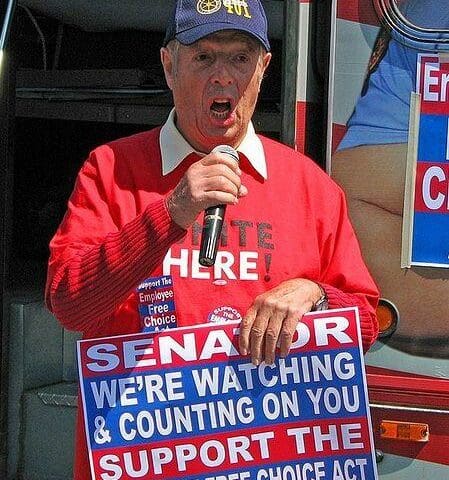
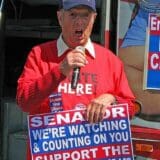
(The following feature originally appeared on Labor Notes and is reposted hereby permission.)
When the next opportunity for labor law reform arrives, union membership will be smaller and our political clout even more diminished. If we are to succeed, future reform proposals must be wrapped in a broader mantle that will appeal to all workers.
The four-year drive for the Employee Free Choice Act was the single largest union-backed campaign in decades and it succeeded in uniting the labor movement as never before. I doubt there was a steward in the country who wasn’t familiar with EFCA and why we needed it.
The proposed law, which so many members fought for between 2006 and 2010, would have made it faster and easier for workers to gain union recognition through card check, created stiffer penalties for employers who violate labor laws,


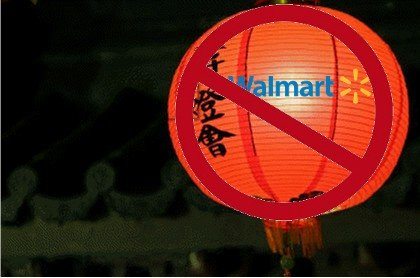 If you’ve been following media coverage of the battle over Walmart’s proposed store in Chinatown, you probably have the impression that the fight is between the retail giant and labor. Chinatown leaders have been largely absent from press reports of the controversy, and to the extent they are mentioned one would think they want Walmart in their neighborhood.
If you’ve been following media coverage of the battle over Walmart’s proposed store in Chinatown, you probably have the impression that the fight is between the retail giant and labor. Chinatown leaders have been largely absent from press reports of the controversy, and to the extent they are mentioned one would think they want Walmart in their neighborhood.
Thursday’s hearing at the L.A. City Planning Commission should set the record straight — Chinatown doesn’t want Walmart, and residents and business owners are loud and clear about it for anyone who is paying attention.
The hearing was on the proposed Interim Control Ordinance (ICO) for Chinatown, which would temporarily stop chain stores over 20,000 square feet from opening in that community. By a vote of 14 to 0 the Council directed the Planning Department to draft the ordinance back in March, but staff dragged its feet for more than three months.
» Read more about: Walmart’s Bureaucratic Victory Can’t Mask Growing Opposition »
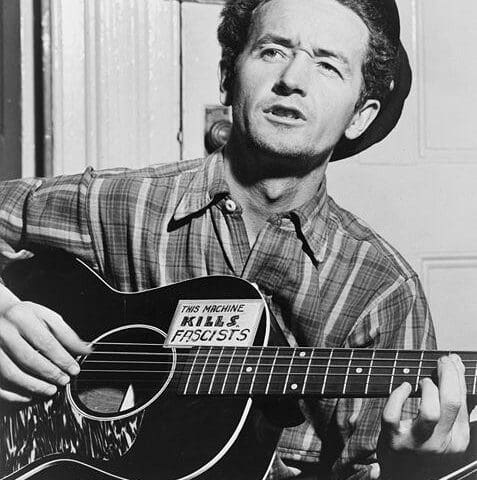
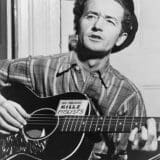
The words of some songs seem to ring true forever. Especially Woody Guthrie’s “Do-Re-Mi,” with its scathing appreciation of life in the Golden State:
California is a garden of Eden, a paradise to live in or see;
But believe it or not, you won’t find it so hot
If you ain’t got the do-re-mi.
This Saturday, July 14 (Bastille Day!), A Better World’s A-Coming honors the Dust Bowl Bard’s 100th birthday with “An Echo Park Tribute to Woody Guthrie”  – what its organizers, the Trailer Trash Project (TTP), are calling “a free backyard picnic celebrating the life and music of Echo Park resident Woody Guthrie.” But wait, there’s more! “Enjoy an afternoon concert of hip-hop, blues, jazz, psychedelic and bluegrass by Woody-inspired musicians. Art activities [including children’s music and storytelling] will take place throughout the day.
– what its organizers, the Trailer Trash Project (TTP), are calling “a free backyard picnic celebrating the life and music of Echo Park resident Woody Guthrie.” But wait, there’s more! “Enjoy an afternoon concert of hip-hop, blues, jazz, psychedelic and bluegrass by Woody-inspired musicians. Art activities [including children’s music and storytelling] will take place throughout the day.
» Read more about: Woody Guthrie at 100: This Party Is Your Party »
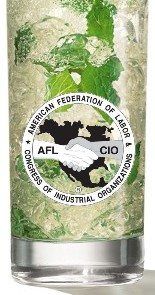
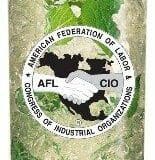
 You don’t have to go to Havana to enjoy a good mojito (although such a visit would give you the chance to savor the old Bacardi headquarters, a jaw-dropping example of tropical art deco). Here’s a recipe from our friends at LA Labor 411, who keep you up to date on what goods and services bear the union label.
You don’t have to go to Havana to enjoy a good mojito (although such a visit would give you the chance to savor the old Bacardi headquarters, a jaw-dropping example of tropical art deco). Here’s a recipe from our friends at LA Labor 411, who keep you up to date on what goods and services bear the union label.
Looking to sip into something a little more comfortable? Why not try a union-made mojito. Here’s how to build the ideal cool cocktail for those hot August nights that are right around the corner. Make one for yourself and then raise a glass to all the union workers who did such an amazing job repairing the 405 Freeway.
Ingredients:
1.5 oz. of Bacardi Superior Rum
half cup club soda
12 mint leaves
half a lime
1 tbsp.
» Read more about: Brother, Can You Spare a Lime? (Union Mojitos!) »
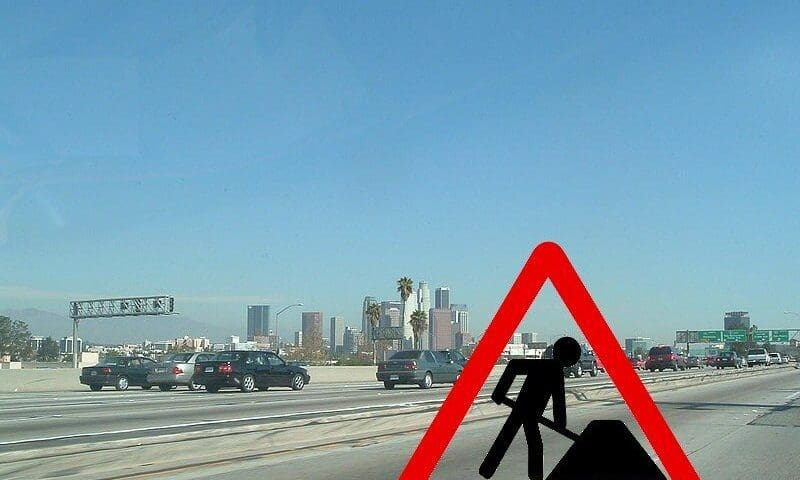
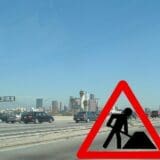
Mark Lacter, in a recent conversation on KPCC’s Business Update, was surprisingly cynical about the importance of publicly funded transit projects to our region’s economic recovery.
Commenting on the recently passed federal transportation bill that will expedite construction of 12 L.A. County mass transit projects, Lacter challenged Mayor Villaraigosa and other elected officials who tout the “game-changing” job creation benefits of public works investment. He argued that it is hard to determine the number of jobs generated by these types of projects.
It’s true that there is no way to predict the precise number of direct and indirect jobs created through infrastructure investment. But we cannot underestimate the ability of these projects to increase employment in the construction industry, one of the hardest-hit sectors during the Great Recession.
The 12 transit projects that will now be fast-tracked are part of a larger package of transportation improvements that will create at least $2.8 billion in economic activity and $65 million in additional tax revenue for L.A.
» Read more about: Earth to Mark Lacter – Investing in Infrastructure Is a Game Changer »
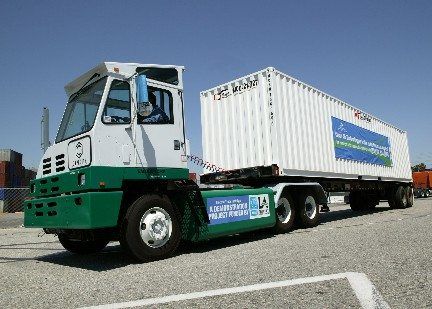
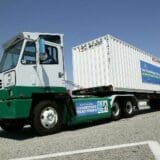
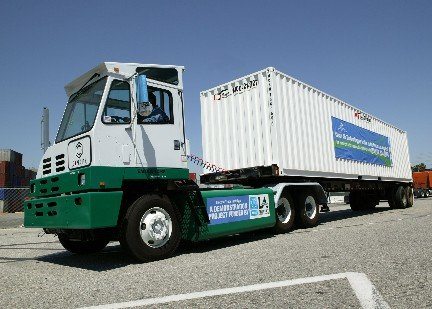 Imagine you just finished your standard 65-hour work week. You’re exhausted, you want to go home and spend time with your family – you never really get to see them but for your one day off – but you know instead you’re going to fall asleep within minutes of getting home. Your legs and back ache from today’s 12-hour shift, but at least it’s payday. You wince when you see your check: It’s going to be another month of some tough decisions about which bill to forgo, but at least the rent will get paid and you’ll be able to pick up some groceries.
Imagine you just finished your standard 65-hour work week. You’re exhausted, you want to go home and spend time with your family – you never really get to see them but for your one day off – but you know instead you’re going to fall asleep within minutes of getting home. Your legs and back ache from today’s 12-hour shift, but at least it’s payday. You wince when you see your check: It’s going to be another month of some tough decisions about which bill to forgo, but at least the rent will get paid and you’ll be able to pick up some groceries.
Except that as he hands you your check, your boss tells you that he’s adding another five hours to your weekly schedule. You’re not going to get paid any more money, but you will have to work more hours.
This is essentially the situation that truck drivers at the Ports of Los Angeles and Long Beach are about to find themselves in as changes roil the industry.
» Read more about: Carriers Stick Port Truck Drivers With Chassis Fees »


The young lifeguard, Tomas Lopez, who was fired recently for saving a life, is now being honored by the South Florida city of Hallandale Beach as a hero. He’s been interviewed on CNN, Fox and Friends and is a YouTube celebrity. This week, he was given the key to the city.
Lopez was the employee of Jeff Ellis Management, LLC, the private company the city contracts with to provide lifeguard services on a stretch of public beach. He ran to rescue a swimmer and was fired because he left the beach zone the company was paid to protect. Six of Lopez’s co-workers said they would have done the same and were fired also. It has been a public relations disaster for the company and has put the small city of Hallandale Beach into the national spotlight.
But, in some respects, the firing was a logical, if unwise,
» Read more about: City Budgets, Outsourcing and a Fired Lifeguard »
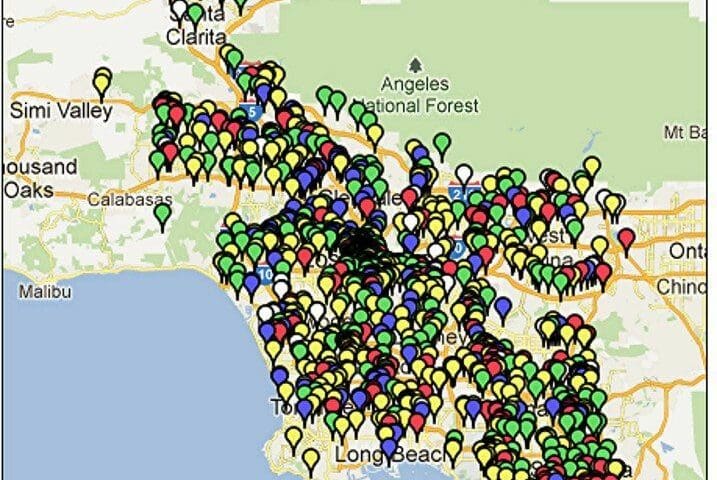
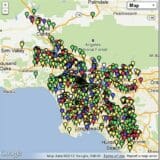
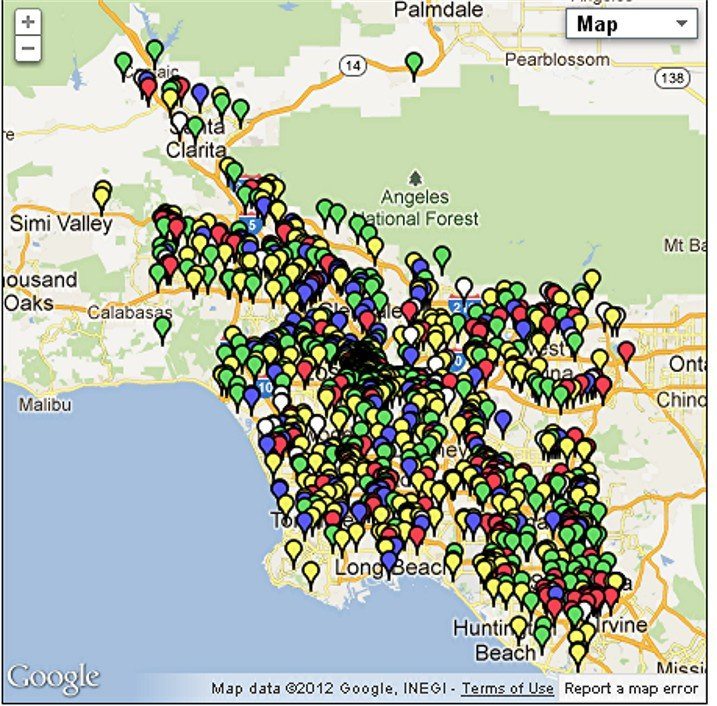
Here’s a Google map you may not want to be consulting any time soon – at least without a drink in hand. It’s the one used by Working America‘s Job Tracker feature that shows the locations of American jobs reported to be leaving your community. By punching in a ZIP Code, you’ll be able to see which companies are exporting jobs or laying off employees, as well as those which have been cited for health and safety violations.
Entering one L.A. ZIP brought up the scary-looking map above, along with links spelling out who’s involved and where this labor triage is taking place within a 50-mile radius of the ZIP Code.
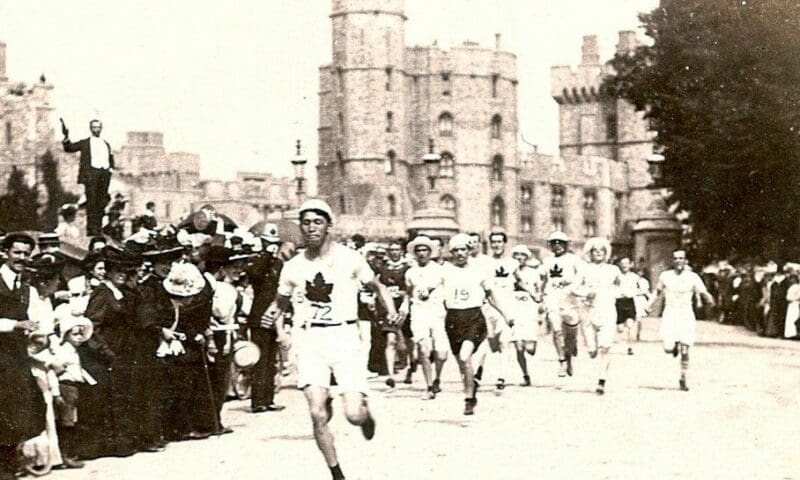

Leader of the Pack: Tom Longboat (72) and Dorando Pietri (19) leaving Windsor Castle
When Olympic marathon races first appeared in the 1896 Athens games, the route was a somewhat arbitrarily chosen 25 miles and, contrary to popular myth, had no authentic origin in Greek history. By the time of the 1908 London Olympiad, the length had been even more whimsically extended to 26 miles, 385 yards – the exact distance between its starting point at Windsor Castle and the course’s terminus at a massive, barely completed stadium in Shepherd’s Bush. Among other things, trainers in those days believed it was bad for their runners to drink water while running and instead kept them supplied with shots of brandy, whisky and – in a pinch – strychnine, which was used as a stimulant.
These are just some of the many revelations to be found in David Davis’ Showdown at Shepherd’s Bush: The 1908 Olympic Marathon and the Three Runners Who Launched a Sporting Craze,
» Read more about: Marathon Men: Class, Race and Races at the 1908 Olympics »
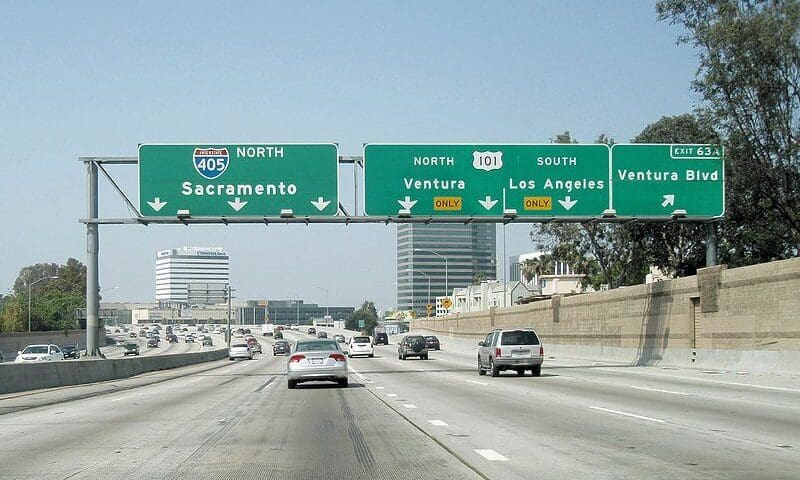
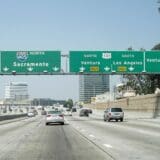
Los Angeles was granted its anticipated funding for America Fast Forward, a project aiming to expedite construction of more extensive and functional public transportation systems. The project’s approval is a victory for both the people of Los Angeles and Mayor Villaraigosa, who has been supporting it for years.
America Fast Forward is a provision of a larger transportation bill approved by Congress in late June and signed into law by President Obama last week. The $100 billion package, which received rare bipartisan support, will reduce harmful emissions, fund the construction of mass transit projects in multiple cities and create thousands of jobs throughout the country.
That’s the good news. On the downside, the law — which hardly resembles earlier versions of the legislation — cuts funding for a number of important programs and puts off critical decisions by only providing monies through 2014.
L.A.’s program would initially be funded by the Transportation Infrastructure Finance and Innovation Act (TIFIA),
» Read more about: A Good News-Bad News Transportation Law »